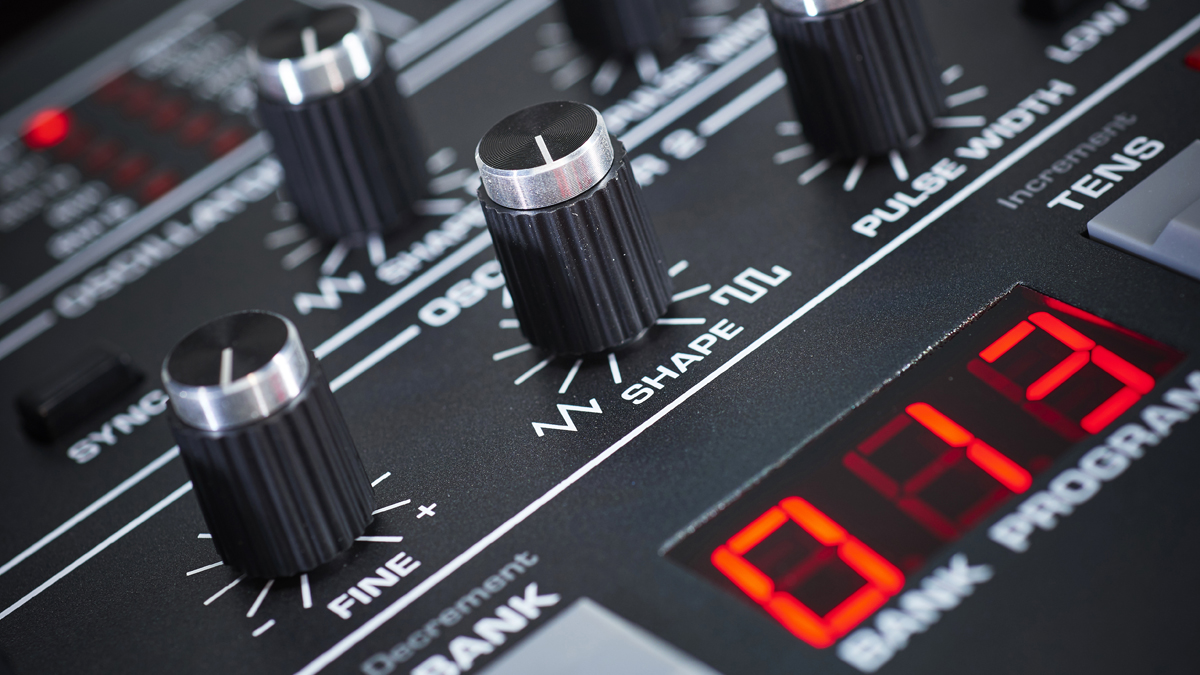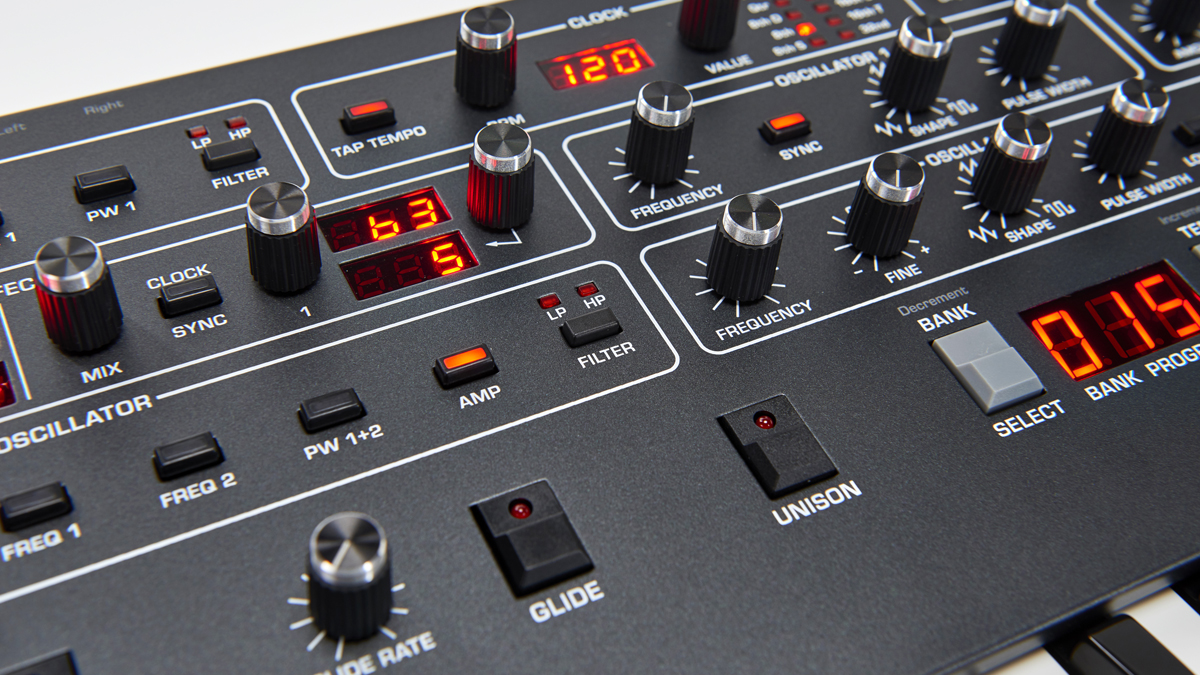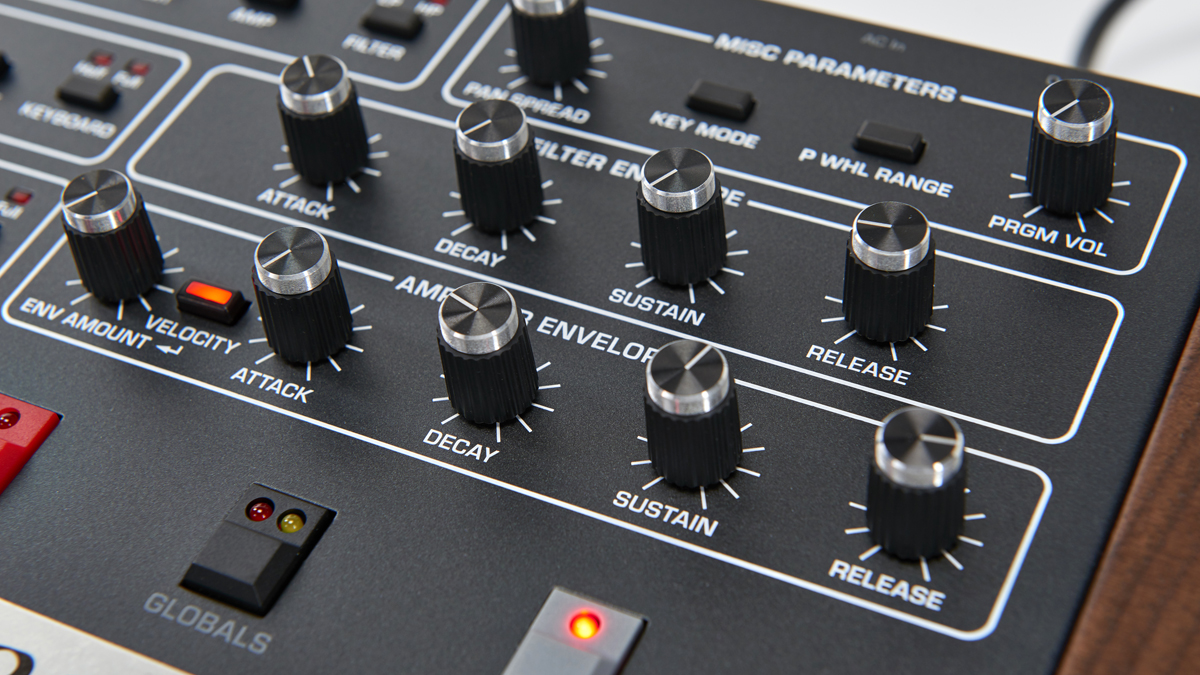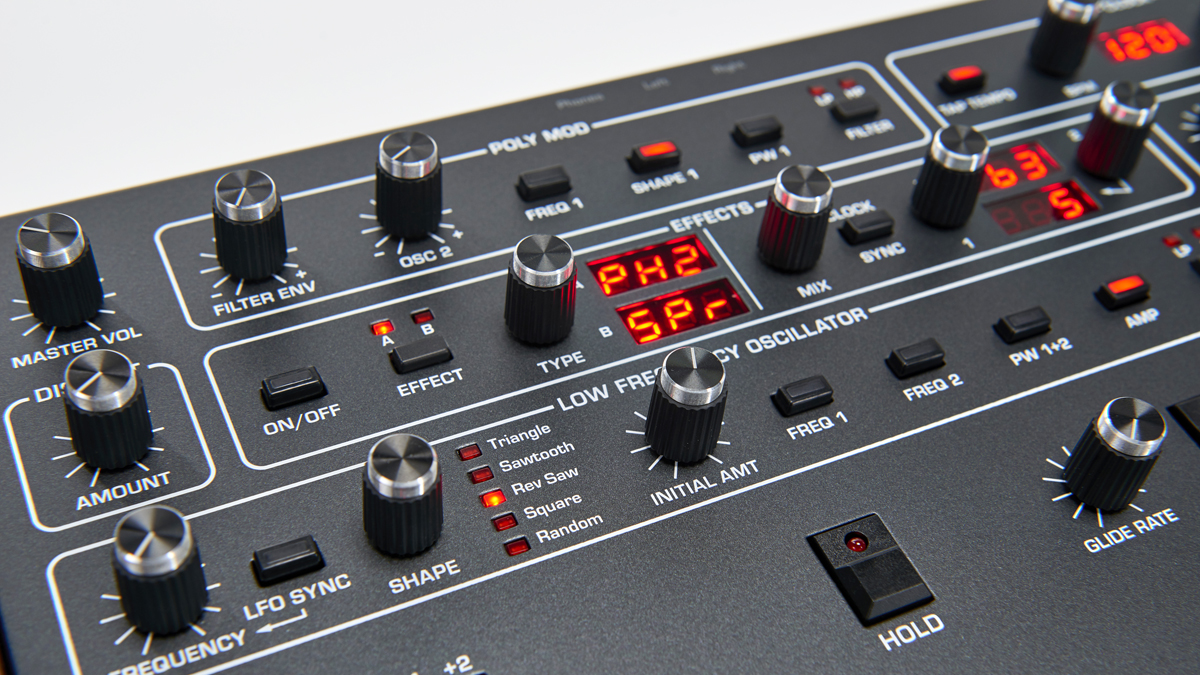First look video: Sequential Prophet-6
We unbox and get a taste of the new synth from Dave Smith
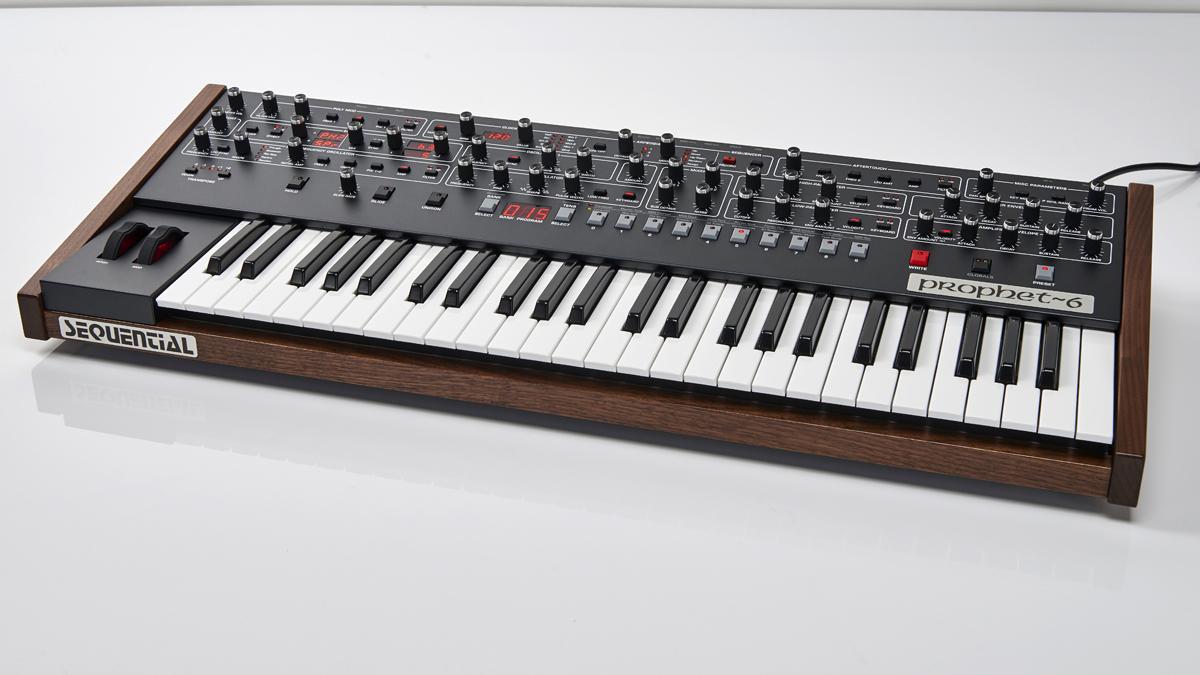
Intro
37 years since the Sequential Circuits Prophet-5 was launched, its sound is still revered. With Dave Smith recently re-acquiring his Sequential name from Yamaha, it was obviously the right time to launch the P5's spiritual successor - the aptly named Prophet-6!
We’ve finally got our hands on this much-anticipated machine, so let's get a quick overview of what this beautiful new synth is about.
Check out the video below to see the Prophet 6 in action.
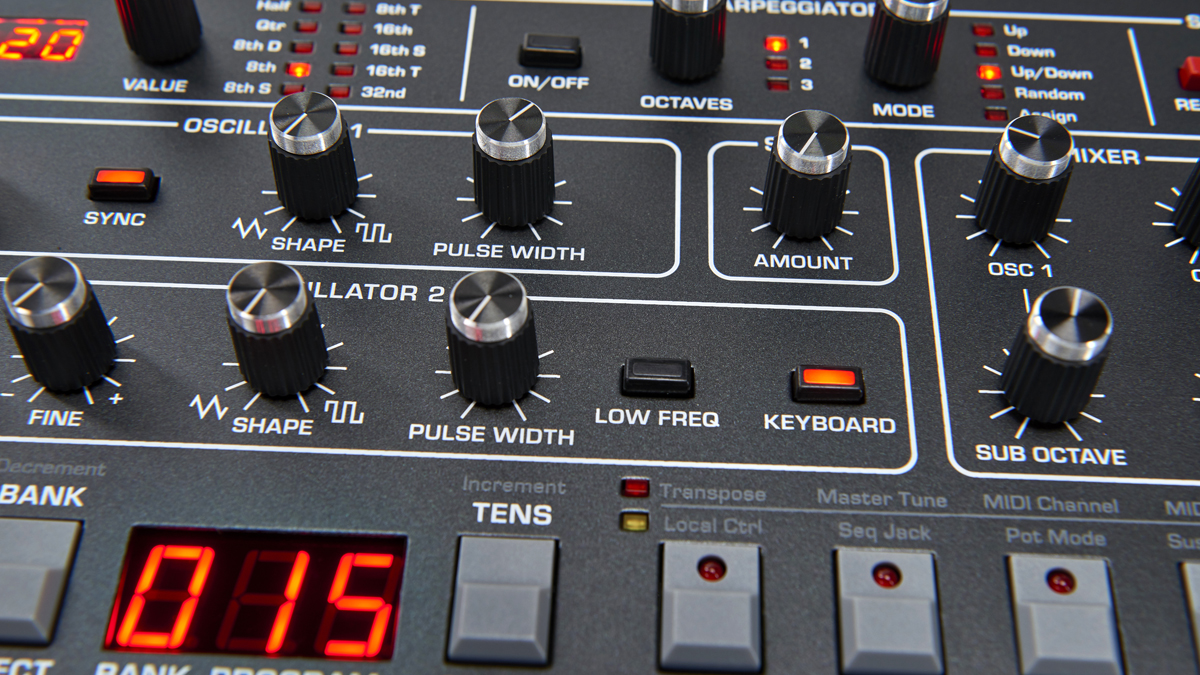
3. Sound
The sound is absolutely on the money! The P6 has the vintage mojo and vibe but with modern stability.
The 2 VCOs (plus sub oscillator) provide a warm, precise, wide and sizzling sound that really captures that vintage spirit, with a surprising amount of low end to boot. The 'slop' control can push the stable sound in a more chaotic, random-detuned direction.
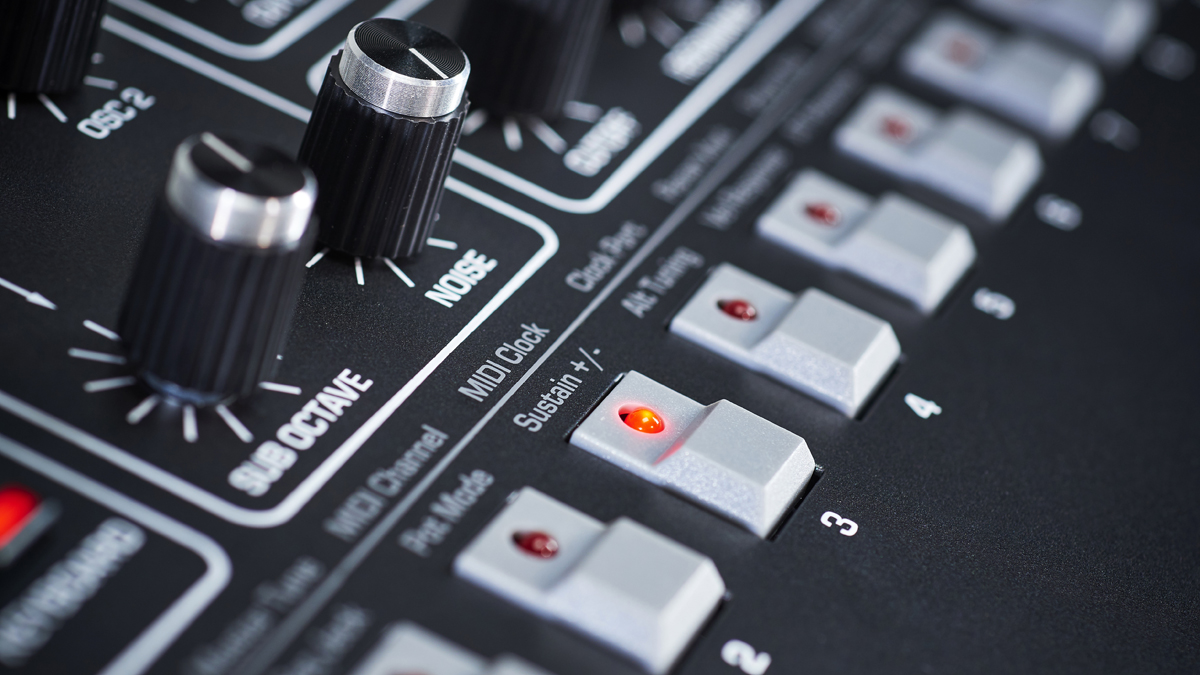
5. Modulation
The Poly Mod section coupled with the 64-step sequencer (which records polyphonically), arpeggiator and audio-range LFO (plus the fact that Osc 2 can be de-coupled from the keyboard and sent to low-range frequencies) means there's plenty onboard to move the basic sound into wildly different sonic territory.
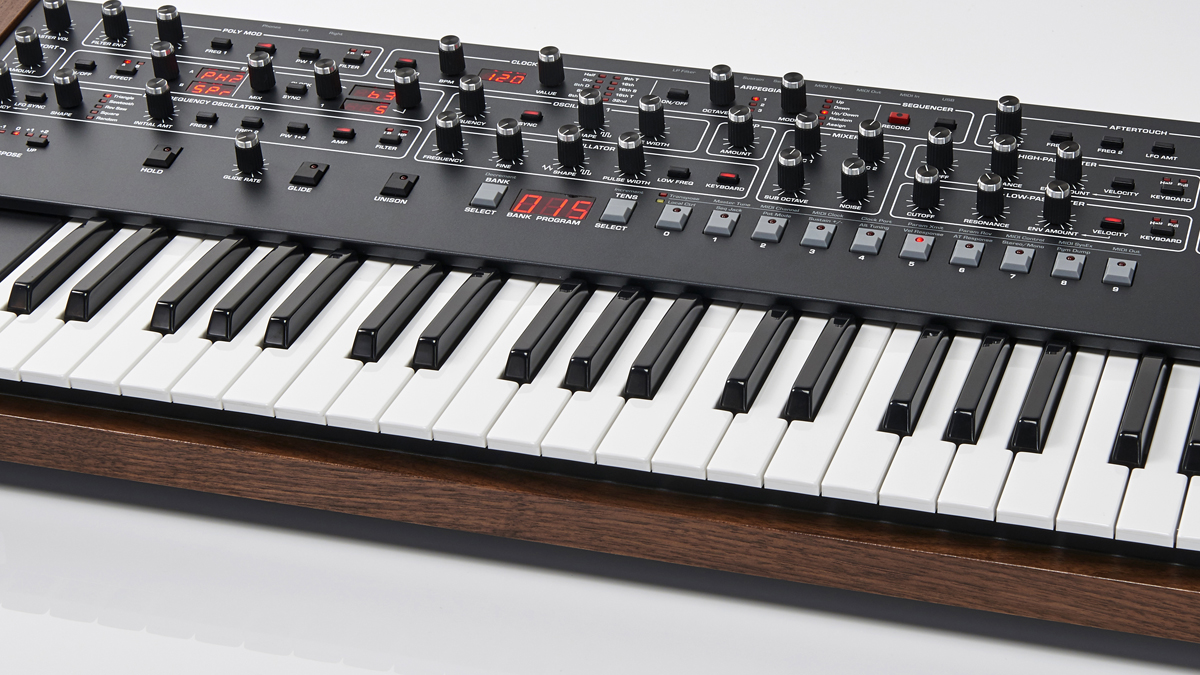
6. Keyboard
Feels like a premium synth-action keyboard should: precise yet fast and not too heavily sprung.
It’s great that there's aftertouch onboard too; this can be sent to five destinations in varying amounts.
Some may sniff at the 4-octave range, but it keeps the unit compact and in most situations it isn't an issue.
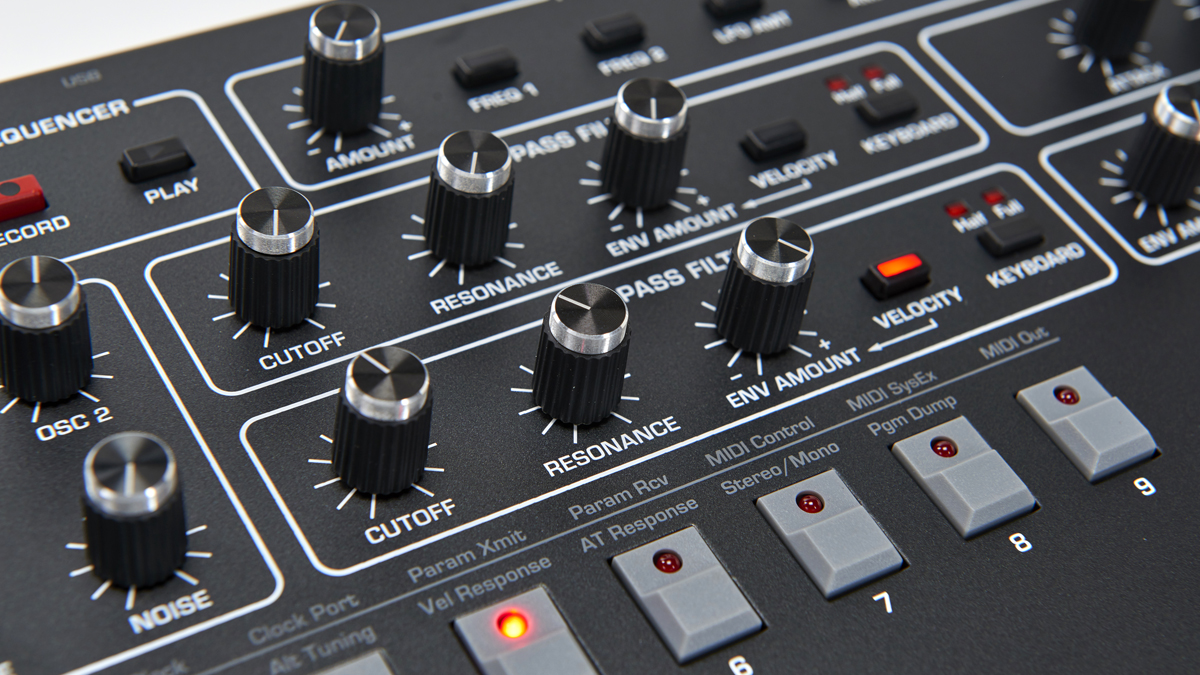
7. Filters
Low-pass (24db, self-oscillating) and high-pass (12db, non-self oscillating) resonant filters mean there's plenty of sound sculpting options. The low-pass can go from earth-shaking subs to sizzling highs. LPF resonance goes from smooth lows, through a nice high mid bump, right into shrieking self-oscillation. Combine the LPF and HPF for band-pass filtering.


